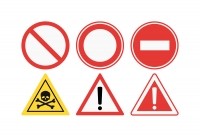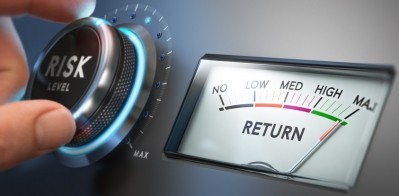Special Edition: Existing and emerging feed risks
Crisis-sparked research generates digital tools for feed and food safety

Dr Jorge Numata, researcher in the feed and feed additives unit at the Department of Safety in the Food Chain at the BfR, said the new digital modelling technology can help support German food and feed safety officials to quickly quantify the health risks to humans from the contamination of feedstuffs with per- and polyfluorinated alkyl substances (PFAS/PFC).
“The software is user friendly,” he said. The targeted end user wouldn’t need to understand mathematical modelling to clarify the level of contaminants in food products arising from tainted feed, explained Numata.
And the team is getting started on the development of similar computer modelling software to also determine transfer of other substances, such as dioxins, from feed to food: “We are performing a large dioxin/PCP/PCB transfer trial; we can’t just extrapolate our findings on one substance for use with another chemical compound as each compound moves through the animal tissue metabolism in a unique way,” Numata told us.
Crisis-sparked research
PFAS, he said, are industrial chemicals with unique technical properties. They are employed in numerous industrial and consumer products. Because of their widespread use, persistence and long-range transport capacity, they have become ubiquitous in the environment, but animals and humans could also be exposed due to deliberate contamination events.

“Following a crisis linked to PFAS contamination in the North Rhine-Westphalia region in 2006 when industrial waste was fraudently added to fertilizer, polluting agricultural soil used to produce feed crops for cows, the BfR recognized there was a need for some kind of tool to predict the level transfer of chemical contamination from feed to animal products,” said Numata.
He and his colleagues carried out laborious and costly PFAS transfer experiments in livestock and then developed algorithms to enable the estimation of the enrichment and depletion behavior of the PFAS ingested with the feed in the animal and their transfer to milk, eggs or pork.
“Pigs, laying hens and cows were fed a controlled, known amount of PFAS. Then we looked at how much was absorbed in the edible animal tissues, and then at how much was excreted through urine and feces. The generated data were subsequently used for mathematical modelling,” said Numata.
Two feed and food safety authorities in Germany are now testing the modelling tools, he said.
EFSA view
The European Food Safety Authority (EFSA) last published a risk assessment of PFAS occurrence and exposure in food in 2012.
But an update is pending: “We expect EFSA to deliver a new opinion and likely a revised tolerable daily intake (TDI) level for these substances in 2017,” said Numata.














